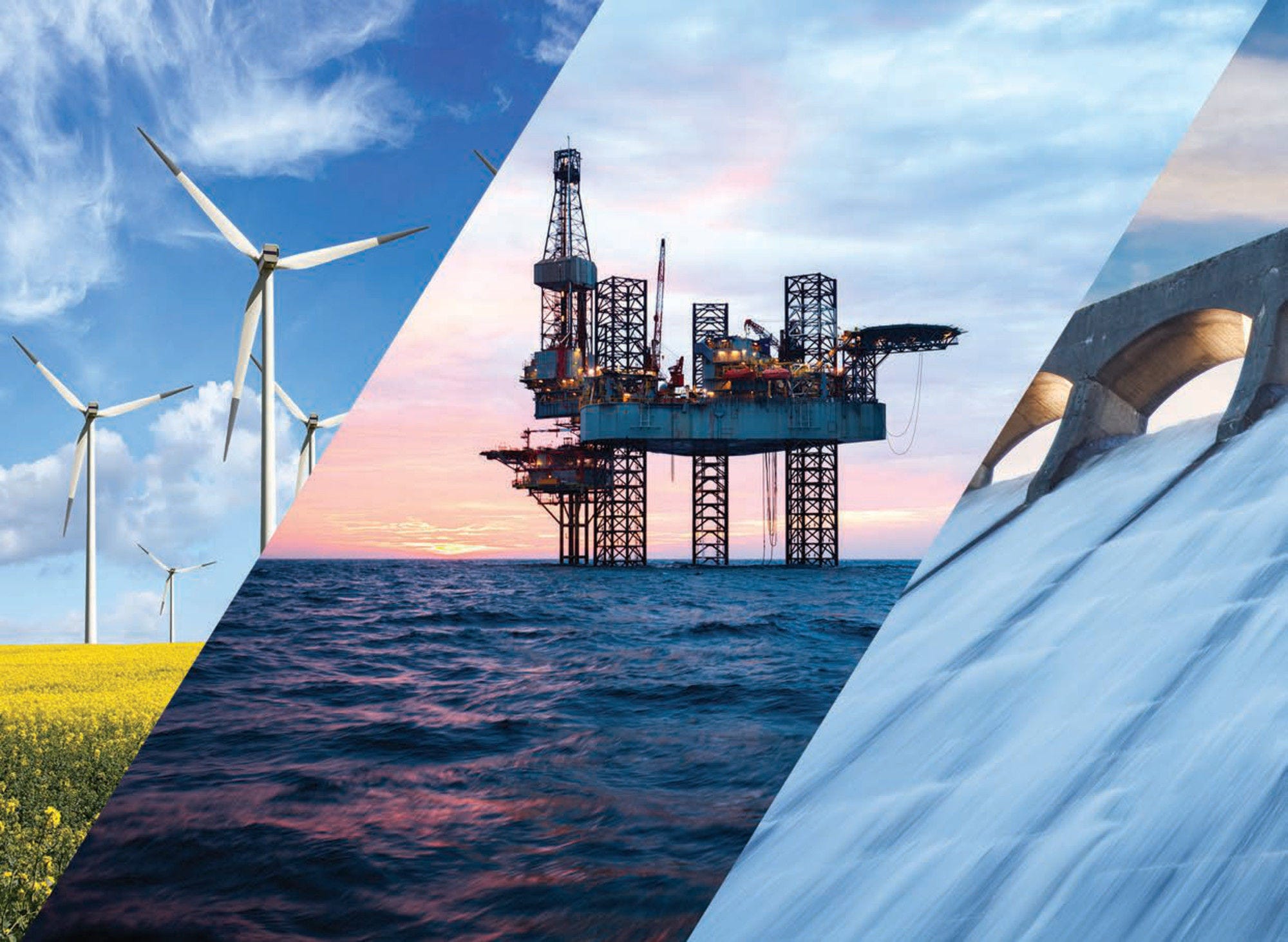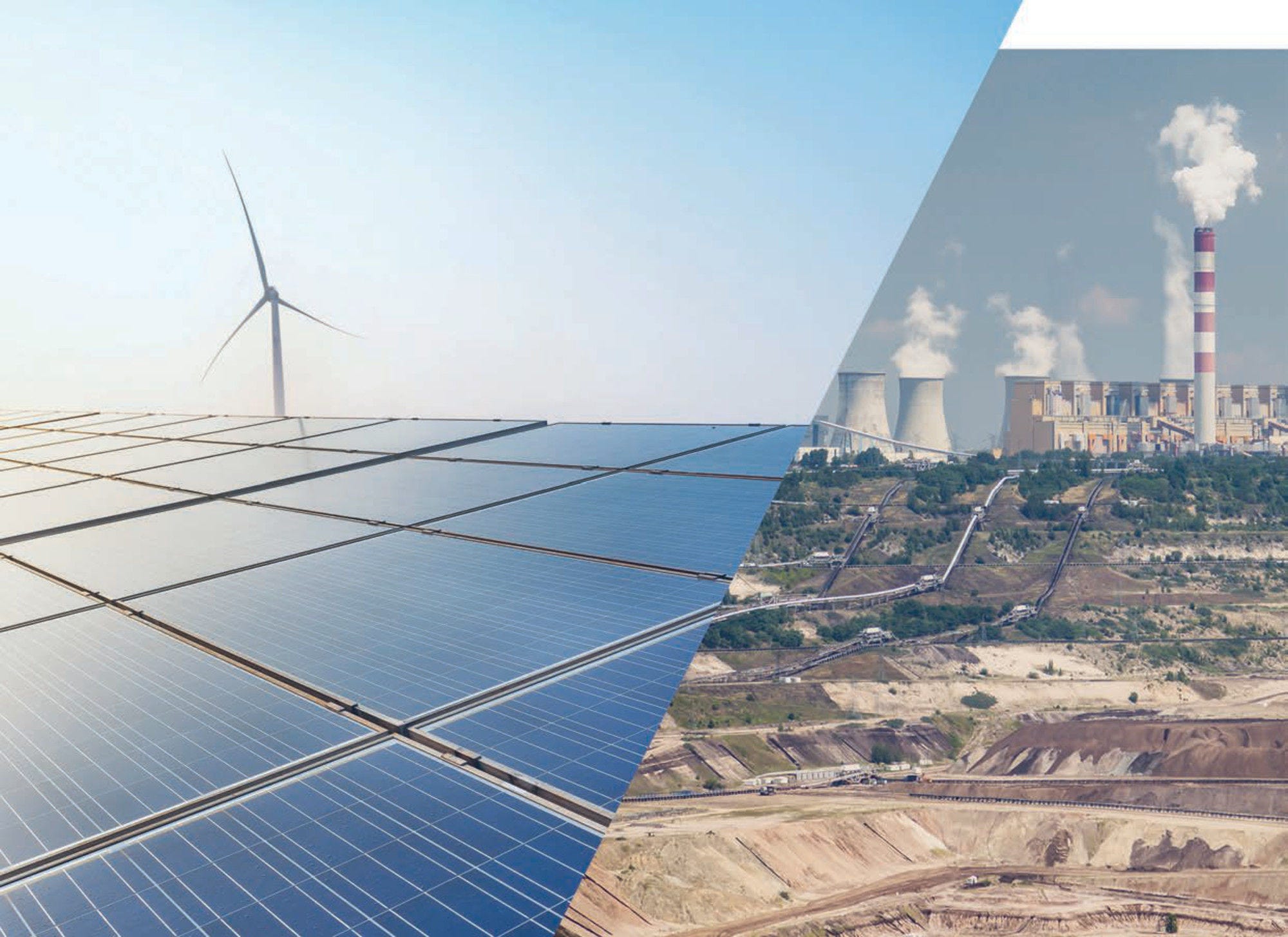Well-designed systems of energy taxation encourage citizens and investors to favour clean over polluting energy sources. In particular, fuel excise and carbon taxes are simple and cost-effective tools to curb dangerous climate change. Energy and carbon taxes also contribute to limiting health damage from local pollution. Taxing Energy Use (TEU) 2019 presents a snapshot of where countries stand in deploying energy and carbon taxes, tracks progress made, and makes actionable recommendations on how governments could do better. The report contains new and original data on energy and carbon taxes in OECD and G20 countries, and in international aviation and maritime transport.
Taxing Energy Use 2019

Abstract
Executive Summary
Global energy consumption rose strongly in 2018, and so did energy-related CO2 emissions, which reached a new all-time high. This is disconcerting as meeting the goals of the Paris Agreement will require deep cuts in emissions.
Well-designed systems of energy taxation encourage citizens and investors to favour clean over polluting energy sources. Fuel excise and carbon taxes are simple and cost-effective tools to limit climate change, but the politics of carbon pricing often prove to be challenging. Taxes on energy use also contribute to limiting health damage from local pollution, which is a pertinent policy concern in an urbanising world.
Taxing Energy Use (TEU) 2019 presents a snapshot of where countries stand in deploying energy and carbon taxes, tracks progress made, and makes actionable recommendations on how governments could do better. The report presents new and original data on energy taxes in OECD and G20 countries, and in international aviation and maritime transport. Tax rates and tax coverage are detailed by country, sector, energy source and tax type. The use of a common methodology ensures full comparability of tax rates and structures across countries. Summary indicators facilitate cross-country comparisons.
Too many energy users do not pay the energy and carbon prices needed to curb dangerous climate change, even when comparing carbon price signals against a low-end carbon benchmark of EUR 30 per tonne of CO2. This benchmark is unlikely to reflect the climate damage caused by a tonne of CO2 emitted at present, and will not be sufficient to meet the objectives of the Paris Agreement. The evidence shows that tax structures are poorly aligned with the pollution profiles of energy sources. Coal in particular is taxed at comparatively low or zero rates, despite its harmful climate and air pollution impacts.
Fuel excise and carbon taxes are not the only policy instruments that effectively put a price on carbon. Emissions trading systems equally target CO2 emissions from energy use, and sometimes also include other greenhouse gas emissions and different emission sources. Emissions trading systems can be as effective and efficient as carbon taxes. Emissions trading systems that are analysed in the OECD’s Effective Carbon Rates report, account for approximately 6% of carbon price signals in OECD and G20 countries.
The extent to which countries choose to price carbon emissions through taxes and emissions trading systems varies substantially. The European Union’s emissions trading system, for instance, covers most emissions from electricity generation, industry, and intra-European flights. Allowances were traded at approximately EUR 25 per tonne of CO2 at the time of writing. Overall, carbon price signals remain insufficient even when considering the impact of emissions trading systems.
Key findings
Carbon price signals are far too weak
85% of energy-related CO2 emissions take place outside the road sector. Taxes only price 18% of these emissions. The price signal is at least EUR 30 per tonne of CO2 for a mere 3% of non-road emissions.
Only four countries, Denmark, the Netherlands, Norway and Switzerland, tax non-road emissions at more than EUR 30 per tonne of CO2 on average. If emissions trading systems had been included in the analysis, the picture would have been less bleak. However, where emissions trading systems exists, permits typically trade at less than EUR 30 per tonne of CO2 and cover only a limited share of emissions.
Little progress has been made in extending tax-based carbon price signals. Specifically, since 2015, average effective carbon tax rates on non-road emissions increased by more than EUR 10 per tonne of CO2 in only three countries: Denmark, the Netherlands and Switzerland.
Emissions from international aviation and maritime transport are not taxed at all. Fuels used in domestic aviation and domestic navigation are sometimes taxed, but rarely reflect a low-end carbon benchmark. Most of these emissions are not subject to emissions trading systems either.
Effective carbon price signals are stronger in road transport, mostly because of relatively high fuel excise taxes, but the non-climate related external costs are also relatively high in road transport (e.g. local air pollution impacts). The only two countries that do not tax road emissions at EUR 30 per tonne of CO2 or more are Brazil and Indonesia.
Overall, taxes are not being used to provide meaningful carbon prices across fuels, not least coal – the most polluting fossil fuel. The average effective carbon tax rate on coal is close to zero across the 44 OECD countries and Selected Partner Economies. Even if emissions trading systems had been included in the analysis, carbon price signals for coal would still be very low almost everywhere.
Fuel excise taxes continue to dominate explicit carbon taxes
In all 44 countries, effective carbon prices are driven by fuel excise taxes in the road sector.
In non-road sectors, explicit carbon taxes tend to play a relatively more important role.
Not all energy taxes encourage deep cuts in emissions
Electricity taxes, which typically do not differentiate between different energy sources, often fail to favour cleaner power sources, and may discourage deep cuts in emissions through electrification.
Nevertheless, most countries encourage switching to cleaner sources by taxing combustibles more than less polluting energy sources such as hydro, wind, and solar.
In countries that tax combustibles at relatively higher rates, energy use tends to be less carbon intensive.
Policy implications
Strengthening carbon price signals will encourage citizens and businesses to take the climate costs of their actions into account. They would consume fewer carbon-intensive goods and services, and gradually transition to low- or zero carbon activities. In addition, clean technology firms would see their competitive position vis-à-vis polluting firms improve. Discouraging investments in carbon-intensive assets, such as coal-fired power plants, also reduces the risk of high adjustment costs in the future.
Increasing carbon prices first where they currently are lowest makes sense. Coal is a particularly striking case in point as it is presently taxed at some of the lowest rates across all energy users despite its harmful climate and air pollution impacts. Rates are currently zero in international aviation and shipping, and near zero or very low across all users in several countries.
Overall, most countries encourage switching to cleaner sources by taxing combustibles more than cleaner energy sources such as hydro, wind, and solar. In some countries, even revenue-neutral electricity tax reforms could strengthen incentives to reduce emissions.
In the same series
Related publications
-
 25 July 2024
25 July 2024









